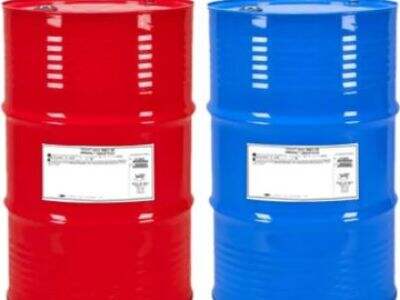Have you ever wondered if silicone stops fires? That is probably why many are of the thought that silicone-a very safe, durable material, is the good option to have items kept fire-proofed. Let's learn more today about silicone fire safety. Here, we'll discover how useful it is how much good does it do, and whether it can keep your home fire-proof
What is silicone?
Silicone is a specific type of material that is made of several elements, including silicon, oxygen, carbon, and hydrogen. This substance can withstand a significant amount of heat, thus making it suitable for goods that reach very high temperatures or need to resist extreme heat. In conjunction with this, silicone can be found in very common kitchen devices such as baking mats or oven mitts. But as far as fire suppression is concerned, silicone has some limitations that are good to know.
Silicone is a thermoset. That means when it gets really hot, it doesn't melt. Instead, at high heat, it turns into a residue and forms a hard, carbonized crust on the outside. This carbonized layer acts like a shield, preventing flame spread and restricting the production of hazardous fumes into the ambient environment.
However, it is also important to understand that when the temperature gets too high, the char layer will begin to break apart. At that point, the silicone material may start to auto-ignite itself. That's why silicone isn't often used on its own as a core fire-resistant material. It's now used to improve the fire resistance of other materials, which are better in this aspect.
Fire Safety: Good and Bad Sides of Silicone
Fortunately for fire safety, silicone has several good qualities. First of all, silicone is a non-toxic material. That means it is not harmful and does not emit dangerous fumes when it burns. This quality makes silicone an excellent choice for areas that may be occupied in a fire such as homes, schools, or businesses.
Another great thing about silicone is that it does a fantastic job at preventing electricity from flowing through it. This is important to avert electrical fires, which can be deadly. This combined ability to maintain their integrity and durability ensures the material is used for items that need long-term fire care and safety.
Nevertheless, silicone does have some drawbacks as far as fire safety goes. As we previously talked about, silicone is not excellent material to put out a fire all alone. So it can only assist with improving the fire-resistance properties of different materials to a degree.
Silicone also doesn't compare well to other materials in flame spread prevention, including glass fiber or aluminum hydroxide. They are common because they do the best at slowing flames from spreading rapidly. That is, silicone may be suitable for certain qualifications but not all applications of fire safety.
Can Silicone Keep Your Home Safe?
While silicone can be helpful when it comes to protecting against fires, always keep in mind that it is not a cure-all that will ensure your home is fire free. You should always follow safe practices against fire hazards to ensure that your home is as protected as can be against fires. This involves such things as making sure devices that sound an alarm in case of fire, fire extinguishers available on every floor, and a clear plan for your escape in case of fire.
You can also make your home fire safe by using silicone insulation in products such as caulking or sealants. When used in the construction of your home, silicone-based materials enhance fire resistance, thereby preventing flames from spreading in your home in case a fire breaks out.
How Does Flame-Retardant Silicone Function?
Flame-retardant Silicone Effects: There are some factors that affect the prevention flame-retardant silicone. Factors such as how silicone is made, what type of extra materials are blended in, and the thickness of the protective layer all play a role in determining this. Cross-linking is the final process of strengthening the silicone. This chemically bonds the silicone molecules so they form a permanently bonded material that is more robust.
To the char layer, fillers like aluminum hydroxide and glass fiber can be added to reinforce it further, making it an impregnable barrier to flames and heat. Active protective mechanisms either reside within the component or constitute a separate coating or layer used with the material, which acts with a certain thickness, because coating or layer thickness has a huge effect on flame resistance and high-temperature resistance of the material, respectively.
The Truth About Silicone And Cooking Safety
In a nutshell, silicone isn't used as a major component for fire suppression, it can aid in increasing the resisting capabilities of other materials to fire and thus enhance fire safeness overall. As it is non-toxic and blocks electricity from going through, it's the best choice for specific situations when people will be present in the event of fire.
Fire safety regulations and the right materials must be observed when you need to build or fix something to keep your house as secure as possible. SANYING provides fire safety silicone products, and they are definitely worth a look if you are interested in getting high-quality silicone products. For anyone looking for fire retardant, they are your best choice for safety, quality, and innovation.














































